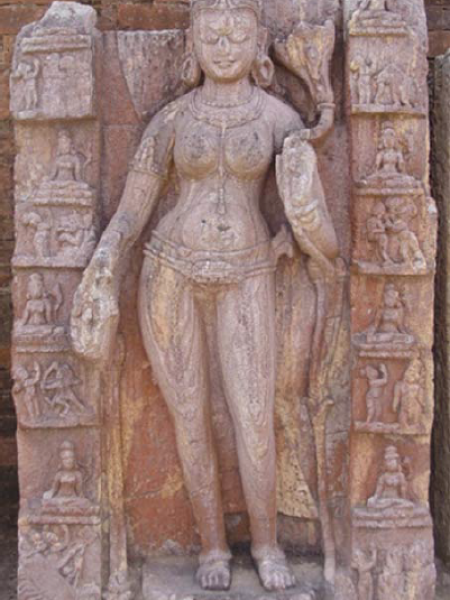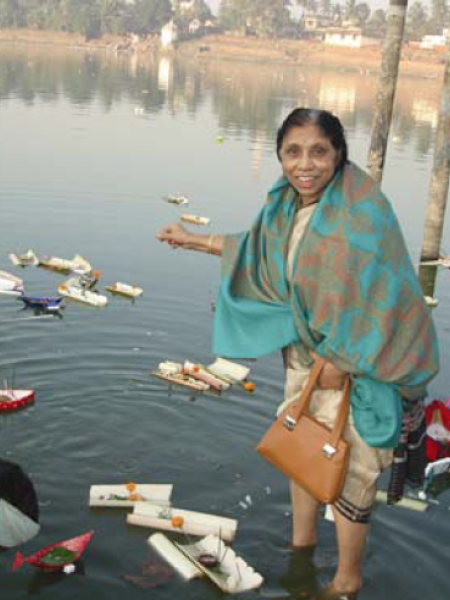Custom Search 1
Sila Tripati
Sila Tripati

Monsoons and the Maritime: Trade in India from an archaeological perspective
Sila Tripati is a Maritime Archaeologist at the CSIR-National Institute of Oceanography, Goa. He has undertaken extensive research in the field of Maritime Archaeology and important projects include the underwater explorations off Goa, Lakshadweep, Dwarka, Somnath, Poompuhar and many other sites all along the Indian coast and working on various aspect of maritime archaeology and name a few are as follows: studies on shoreline changes through coastal archaeological explorations, monsoon winds and maritime trade of India from an archaeological perspective, role of ceramics in maritime trade of India, stone anchors of India, study of ancient ports and shipwrecks, etc. and participated in onshore and offshore explorations in the waters west and east of the Indian subcontinent. He has edited and authored books and published his works in the peer-reviewed national and international journals.
Before the discovery of the monsoon winds by Hippalus in AD 45–47, the mariners of the east coast of India were aware of the monsoon wind and currents and used them for maritime trade. The maritime trade from India to Southeast Asia was a seasonal phenomenon. The distribution of Buddhist settlements, discovery of varieties of pottery, beads and inscriptions along the ports and trade centres point to active maritime trade between India and Southeast Asia. Further, the representation of art on the walls of the caves, stupas and temples indicate that Buddhist monks, saints, traders and craftsmen used to set sail together.
Over a period of time, ancient methods of maritime trade disappeared, and are now only remembered and celebrated as rituals and social events along the east coast of India. This communication details how the monsoon wind and currents favoured mariners during their onward and return voyages to Southeast Asia. In order to understand the past monsoon wind and current patterns, the prevailing wind pattern and ocean circulations have been taken into account because for centuries no major changes have been observed in the southwest and northeast monsoons. The findings of varieties in pottery, beads, etc. along the ports and Buddhist settlements show that all these played a significant role in disseminating Indian culture in overseas lands.


